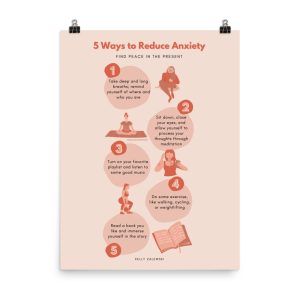

Addiction treatment is now a massive $35 billion dollar a year industry. Patients now have more treatment choices than ever, yet one glaring problem exists – treatment scams.
Substance use disorders affect millions each year. In the US, overdosing is now the leading cause of accidental death. Even worse, overdosing is the overall leading cause of death among Americans under the age of 50.
Now more than ever, Americans need treatment and recovery services. As a result, the demand for services has led to rapid growth in detox and treatment service providers. Many of these programs and service providers are working hard to provide honest, quality-care. Their goal is to save lives and help people achieve long-term remission.
While most of the programs and providers provide excellent care, there are instances of unethical and illegal conduct. Compared to other medical fields, this field is largely unmonitored.
Unfortunately, a few providers have taken advantage of the lose monitoring. They exploited vulnerable, addicted individuals for profit. Their deceits and deceptions exploited vulnerable addicted individuals for profit and tarnished the entire industry.
When looking for treatment, patients need be on guard against the most common treatment scams.
Patients are swayed to enter, stay, or switch addiction treatment facilities through money, gifts, free rent, flights, food, or other amenities.
Unsecured listing sites are a playground for hijackers. They take over a competing organization’s profile and change listed phone numbers. They reroute calls and online correspondences to other treatment programs or call centers. Some even change listed addresses to deceive patients of actual location.
Some unethical facilities deny their affiliations to other facilities or organizations. Others falsify information including:
Patient’s health information in confidential. Yet, marketing and sales staff use this confidential information, such as treatment plans or diagnoses, to gain more revenue. At times, staff members share this confidential information is with individuals outside the patient’s care team, without medical necessity or the patient’s consent. This is a violation of HIPAA and other patient privacy protection laws that work to protect sensitive health information of the individual.
Some providers excessively over-bill insurance companies for unnecessary treatment or services. The most glaring example involves urine drug screens. Staff test the patients every 2 days with a $10 drug test. Then, they charge the insurance provider $1000 or more per test.
Under the guise of free insurance or care, patients, sometimes multiple at a time, are enrolled in insurance plans utilizing false addresses. This takes advantage of the “change in address” exception, which allows for year-round insurance enrollment. Without their consent, providers register patients for premium plans with generous coverage. Many of these plans cover out of network providers have low out of pocket costs. available in states that the patient does not live in, nor has ever lived in, but serve to reimburse the ultimate treatment center at a higher rate than other plans or providers.
Unethical addiction marketing practices take advantage of vulnerable patients and families in desperate need of medical treatment and care.
Awareness is the first step in combating these treatment scams. Greater awareness of these practices has led to new legislation. Additionally, law enforcement and for-profit corporations, such as Google, have joined the fight in policing or eliminating these practices.
In response to these corrupt practices, the National Alliance for Recovery Residences (NARR) officially instated a code of ethics for recovery residences (e.g. sober homes) in 2016.
More recently, however, Google has temporarily ceased sale of pay-per-click (AdWords) advertisements on thousands of rehab-related search terms (e.g. rehab near me, alcohol treatment). These searches previously garnered sums of over $100 per click for Google. Google has been criticized for their role in perpetuating treatment fraud.
In addition, beginning in 2018, the Joint Commission (JACHCO) will begin rolling out new outcome measures. The new standards require evidence based practices (through the use of standardized measurement tools) for treatment facility accreditation.
Protecting patients from corrupt addiction marketing practices is the first step in creating honest and effective treatment. Often, patients choose which their treatment facility in a state of distress. Individuals and families can protect themselves by learning about:










Copyright © 2023 Reach Out Recovery Services LLC | Terms and Conitions |. Site by Quadshot Digital